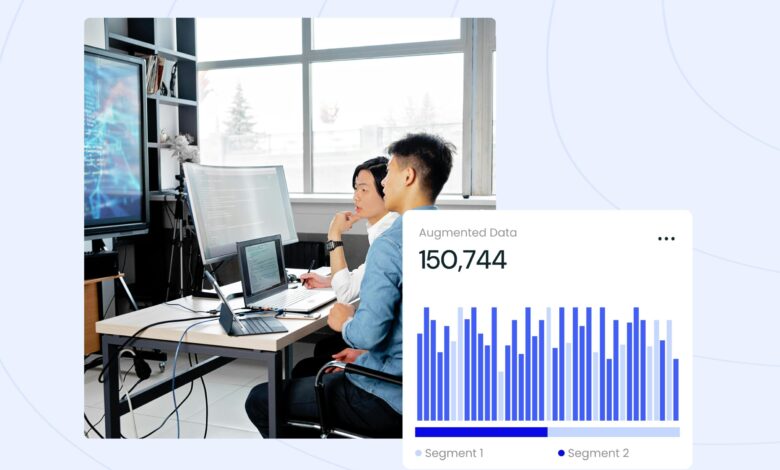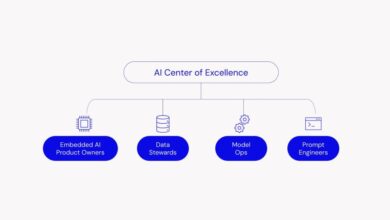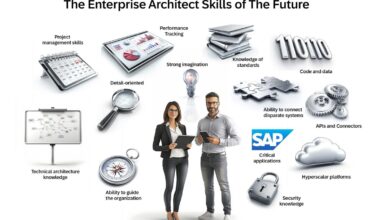The technical bottlenecks that break AI at scale (and how to fix them)

If your pilot was optimized for the sandbox with clean data, static inputs, and fixed parameters, it’s likely not ready for production.
AI pilots are often designed to prove that something could work. But when it’s time to move from a single workflow to a production environment, that early prototype starts to break:
What was once a promising demo now needs to operate under the weight of live traffic, real-time data, governance requirements, and cross-team handoffs. This is what technical debt looks like when AI hasn’t been designed to scale.
So what are the typical technical bottlenecks that will break an AI product at scale?
Foundation models enforce a fixed “context window,” capping how many tokens you can process at once. Once you exceed that, you’ll see silent accuracy drops or outright failures, especially with long-form inputs or chained prompts.
Planning for token limits before launch guarantees you won’t discover a “hidden” ceiling under real-user load. Some of the most commons of dealing with context-window constraints include:
Most large models aren’t engineered for ultra-low latency. In a live, user-facing workflow, even a half-second delay can break SLAs.
Embedding these optimizations during development can help you hit your goals without massively sacrificing insight depth:
Even the best model will degrade over time as input distributions and user behavior shift. Manual or ad-hoc retraining can’t keep pace; safeguards for both need to be in place from the start.
Including condition-based retraining into your CI/CD workflow keeps performance reliable (and auditable) without constant human intervention. The key principles of planning for data drift are:
It’s easy to fork models and scripts for each use case, until you’re left with dozens of untracked versions and no clear ownership. These practices aren’t just hygiene; they form the foundation of trusted, enterprise-grade AI.
Technical bottlenecks are invisible in the lab but glaring in production. To future-proof your AI builds:
In enterprise AI, the best-performing model isn’t the one that demos well. It’s the one that reliably delivers value at scale.
Looking to build an AI solution that delivers real business value at scale? Let’s talk.
Amir leads BOI’s global team of product strategists, designers, and engineers in designing and building AI technology that transforms roles, functions, and businesses. Amir loves to solve complex real world challenges that have an immediate impact, and is especially focused on KPI-led software that drives growth and innovation across the top and bottom line. He can often be found (objectively) evaluating and assessing new technologies that could benefit our clients and has launched products with Anthropic, Apple, Netflix, Palantir, Google, Twitch, Bank of America, and others.



